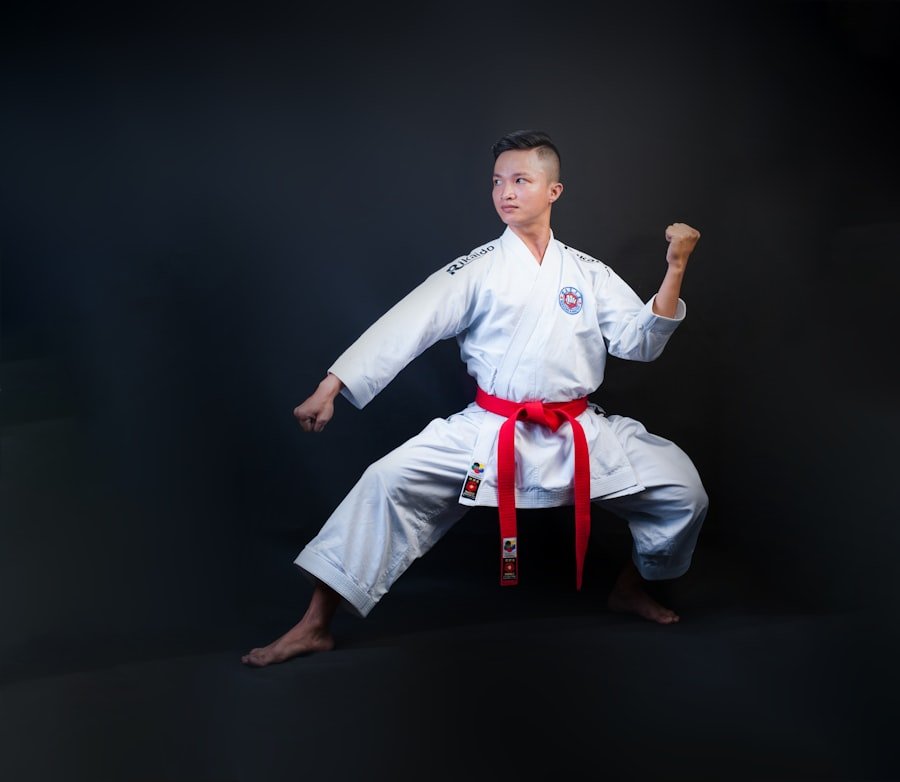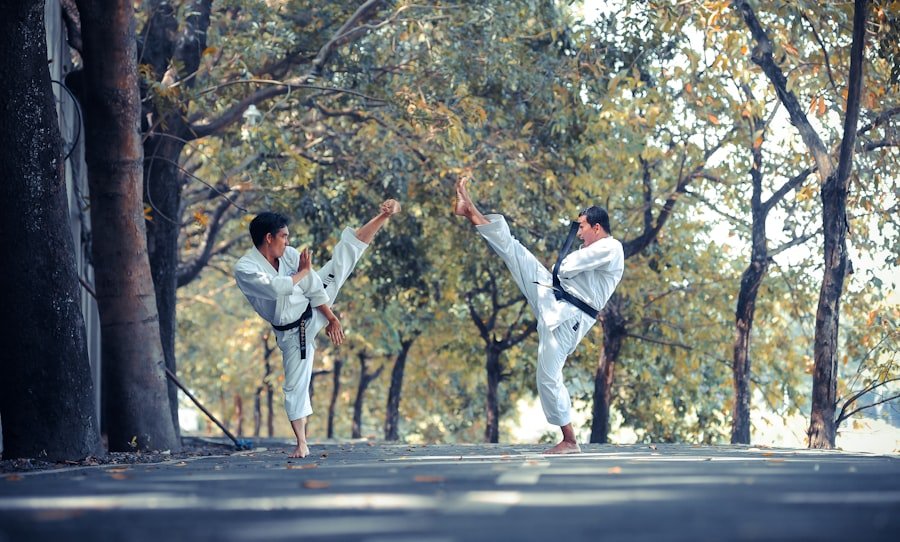In recent years, the interest in learning Chinese has surged dramatically across the globe, and Oslo is no exception. The capital of Norway has become a vibrant hub for cultural exchange, and the demand for Chinese language education has grown alongside it. The LC Chinese School in Oslo stands out as a premier institution dedicated to teaching the Chinese language, offering a comprehensive curriculum that caters to learners of all ages and backgrounds.
With a focus on not just linguistic proficiency but also cultural immersion, the school provides an enriching environment where students can explore the nuances of the Chinese language while gaining insights into its rich heritage. At LC Chinese School, students are encouraged to engage with the language in a holistic manner. The lessons are designed to be interactive and dynamic, fostering an atmosphere where learners can practice speaking, listening, reading, and writing in Chinese.
The school employs experienced instructors who are not only fluent in the language but also passionate about sharing their knowledge. This commitment to quality education ensures that students receive a well-rounded experience that prepares them for real-world communication in Chinese-speaking contexts. Spaces are filling up fast! Register for Chinese classes at the LC Chinese School in Oslo today.
Table of Contents
ToggleSummary
- Chinese language learning in Oslo incorporates body awareness for a holistic approach to language acquisition.
- Body movement is closely connected to Chinese characters, emphasizing the importance of physicality in language learning.
- Mindfulness plays a significant role in acquiring the Chinese language, promoting focus and awareness.
- Traditional Chinese medicine practices are integrated into language learning, enriching the experience and understanding of the language.
- Tai Chi, Qigong, meditation, and breathing techniques are utilised to enhance Chinese language comprehension, embracing a holistic approach to language learning in Oslo.
Understanding the Importance of Body Awareness in Chinese Language Learning
Body awareness plays a crucial role in the process of learning any language, and this is particularly true for Chinese. The language is rich in tonal variations and subtle nuances that can be difficult to grasp without a keen sense of physicality. Understanding how to position one’s body, articulate sounds, and utilise facial expressions can significantly enhance a learner’s ability to communicate effectively in Chinese.
This awareness extends beyond mere pronunciation; it encompasses the entire spectrum of language use, including gestures and body language that are integral to conveying meaning. Moreover, body awareness aids in memory retention. When learners connect physical movements with linguistic elements, they create stronger neural pathways that facilitate recall.
For instance, associating specific gestures with vocabulary words or phrases can help solidify their understanding and usage. This kinesthetic approach to language learning not only makes the process more engaging but also allows students to internalise the language more deeply.
The Connection Between Body Movement and Chinese Characters

The intricate nature of Chinese characters presents a unique challenge for learners, as each character is not only a symbol but also a representation of meaning and sound. Body movement can serve as an effective tool in mastering these characters. By incorporating physical actions that mimic the strokes of each character, students can develop a more intuitive understanding of their structure and form.
This method transforms the learning experience from a purely cognitive exercise into a multi-sensory one, where learners engage both their minds and bodies. Furthermore, the art of writing Chinese characters is deeply rooted in tradition and philosophy. Each stroke has its own significance, and understanding this can enhance a learner’s appreciation for the language.
By embodying the movements associated with character formation, students can cultivate a deeper connection to the language itself. This approach not only aids in memorisation but also fosters an appreciation for the beauty and complexity of Chinese script.
Exploring the Role of Mindfulness in Chinese Language Acquisition
Mindfulness is an essential component of effective language learning, particularly when it comes to acquiring a language as nuanced as Chinese. By practising mindfulness, learners can cultivate a heightened awareness of their thoughts, feelings, and physical sensations during the learning process. This awareness allows them to focus more intently on their studies, reducing distractions and enhancing their ability to absorb new information.
Incorporating mindfulness techniques into language lessons can take various forms, such as guided meditation or breathing exercises before class activities. These practices help students centre themselves and prepare mentally for the challenges ahead. When learners approach their studies with a calm and focused mindset, they are more likely to engage fully with the material and retain what they have learned.
Incorporating Traditional Chinese Medicine Practices into Language Learning
Traditional Chinese Medicine (TCM) offers valuable insights that can be integrated into language learning practices. TCM emphasises the balance between mind, body, and spirit, which aligns perfectly with the holistic approach to language acquisition. By incorporating TCM principles such as acupuncture points or herbal remedies that promote mental clarity and focus, learners can enhance their cognitive abilities while studying Chinese.
Additionally, TCM encourages a deep connection with nature and one’s surroundings. This connection can be harnessed during outdoor language lessons or activities that involve engaging with natural elements. Such experiences not only enrich the learning process but also foster a sense of well-being that is conducive to effective language acquisition.
The Influence of Chinese Calligraphy on Body Awareness and Language Learning

Chinese calligraphy is an art form that embodies the essence of the language itself. The practice of writing characters with brush and ink requires precision, control, and an understanding of flow—qualities that are equally important in spoken communication. Engaging in calligraphy can significantly enhance body awareness among learners as they develop fine motor skills and learn to express themselves through movement.
Moreover, calligraphy serves as a meditative practice that encourages mindfulness. As students focus on each stroke and its significance, they cultivate patience and concentration—traits that are invaluable in any learning endeavour. By integrating calligraphy into their studies at LC Chinese School, students not only improve their writing skills but also deepen their connection to the language on a personal level.
Utilizing Tai Chi and Qigong to Enhance Chinese Language Comprehension
Tai Chi and Qigong are traditional Chinese practices that promote physical health and mental clarity through slow, deliberate movements and controlled breathing. These practices can be seamlessly integrated into language lessons at LC Chinese School to enhance comprehension and retention of the Chinese language. The rhythmic nature of Tai Chi movements mirrors the tonal qualities of spoken Chinese, allowing learners to develop an ear for the subtleties of pronunciation.
Furthermore, engaging in Tai Chi or Qigong before or after lessons can help students release tension and improve focus. The calming effects of these practices create an optimal learning environment where students feel relaxed yet alert—ideal conditions for absorbing new vocabulary and grammar structures. By incorporating these ancient practices into modern language education, LC Chinese School offers a unique approach that sets it apart from traditional methods.
The Impact of Body Language and Gestures in Chinese Communication
In Chinese culture, non-verbal communication plays a significant role in conveying meaning. Body language and gestures often complement spoken words, adding layers of context that are essential for effective communication. Understanding these nuances is crucial for learners who wish to navigate social interactions successfully in Chinese-speaking environments.
At LC Chinese School, students are taught not only the linguistic aspects of the language but also the cultural significance behind various gestures and body movements. This comprehensive approach ensures that learners are well-equipped to engage in conversations with confidence and cultural sensitivity. By recognising the importance of body language alongside verbal communication, students can enhance their overall fluency and effectiveness in using the language.
Integrating Meditation and Breathing Techniques for Language Fluency
Meditation and breathing techniques are powerful tools that can significantly improve language fluency by promoting relaxation and focus. These practices help reduce anxiety associated with speaking a new language, allowing learners to express themselves more freely without fear of making mistakes. At LC Chinese School, instructors often incorporate short meditation sessions or breathing exercises into lessons to help students centre themselves before engaging in speaking activities.
By fostering a calm state of mind, learners are better able to access their vocabulary and construct sentences fluidly. This integration of mindfulness practices not only enhances fluency but also encourages a positive attitude towards learning—a crucial factor in long-term success.
The Benefits of Engaging the Senses in Chinese Language Lessons
Engaging multiple senses during language lessons can significantly enhance retention and understanding. At LC Chinese School, educators employ various sensory activities that involve sight, sound, touch, taste, and even smell to create immersive learning experiences. For instance, using visual aids such as colourful flashcards or interactive games can make vocabulary acquisition more enjoyable and memorable.
Additionally, incorporating cultural elements such as traditional music or cuisine into lessons allows students to experience the richness of Chinese culture firsthand. This multi-sensory approach not only makes learning more enjoyable but also deepens students’ appreciation for the language itself.
Embracing the Holistic Approach to Chinese Language Learning in Oslo
In conclusion, the journey of learning Chinese at LC Chinese School in Oslo is not merely about mastering vocabulary or grammar; it is an immersive experience that encompasses body awareness, mindfulness, cultural appreciation, and sensory engagement. By embracing this holistic approach, students are empowered to connect with the language on multiple levels—cognitive, emotional, and physical. As interest in learning Chinese continues to grow globally, institutions like LC Chinese School play a vital role in shaping how this ancient language is taught in contemporary settings.
By integrating traditional practices such as Tai Chi, calligraphy, and mindfulness techniques into their curriculum, they offer a unique educational experience that prepares learners for real-world communication while fostering a deep appreciation for Chinese culture. Ultimately, those who embark on this journey at LC Chinese School will find themselves not only becoming proficient in the language but also gaining valuable insights into themselves and the world around them—a truly enriching experience that extends far beyond the classroom walls.







